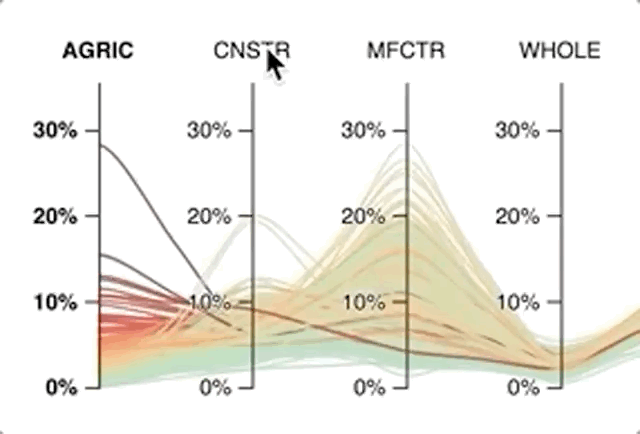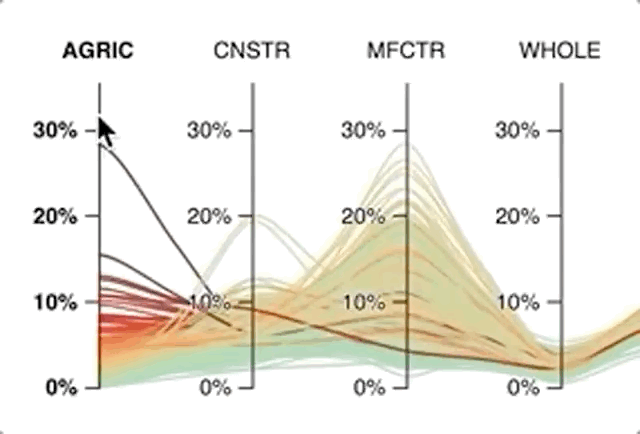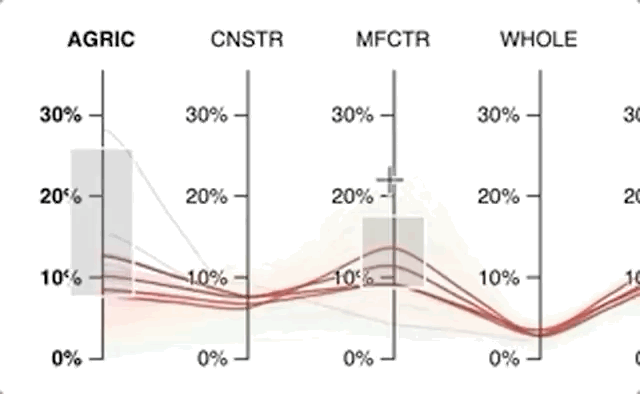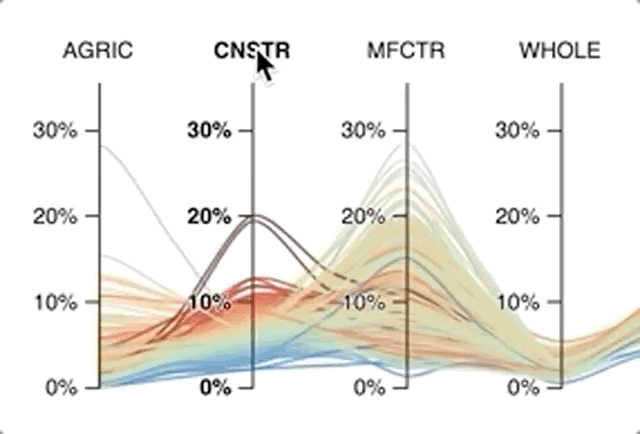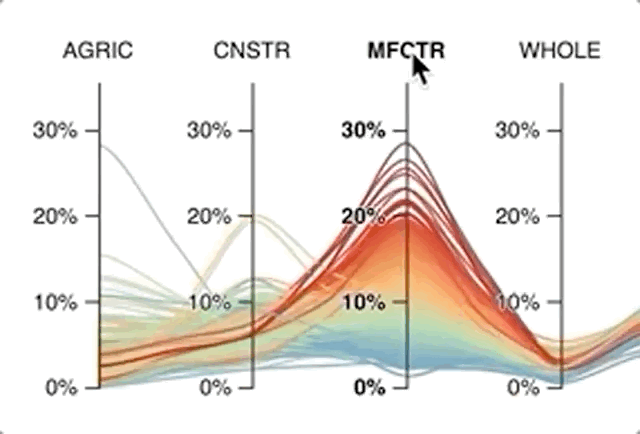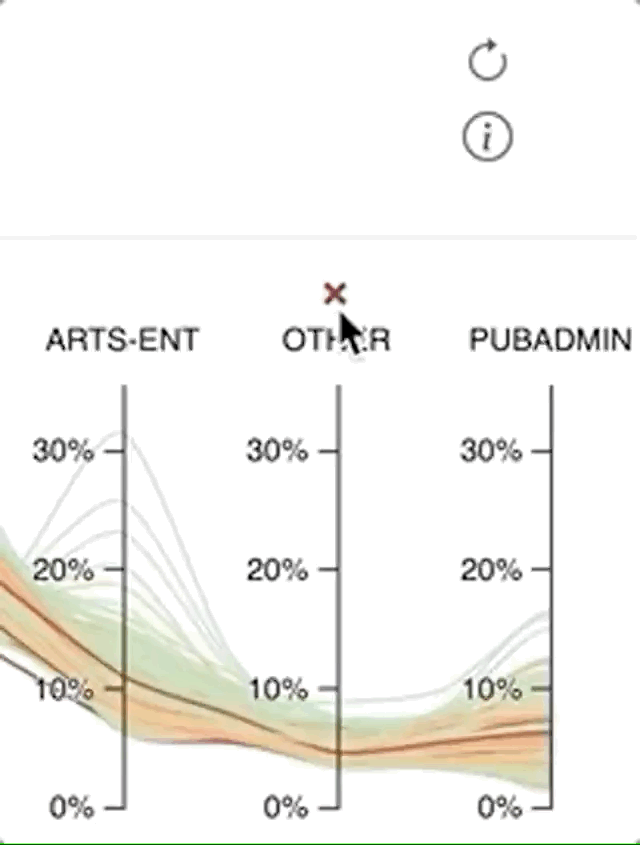Where has innovation been taking place across the United States?
Outside universities and large research institutions, small businesses are dynamic and active contributors to the development of
knowledge and innovative scientific and technical solutions to a variety of 21st century challenges.
The Public Innovations Explorer is a window in to a decade of Federally-funded research and technological innovations by small businesses around the country.
In a complexifying United States economy, where high-tech enterprises and their highly-specialized labor forces tend to cluster in a few
large metropolitan areas, economists observe great divergences between cities with respect to innovation activity and labor force development.
Economic geographers and researchers in science and technology studies often utilize patent data to show this, highlighting how patterns of invention in certain areas
of science, commerce and technolog accompany these specialized flows of knowledge and labor that cluster in certain geographies. However,
much less attention is typically given to how certain research agendas are prioritized and supported in the absence of patenting activity.
A look through even a portion of Federally-funded research grants between 2008 and 2018 shows broad investments being made supporting the development of new knowledge
by a diverse range of organizations across the country.
Since its inception through the Small Business Innovation Development Act of 1982, the Small Business Innovation Research (SBIR) program has distributed over $54 billion in funding to small businesses
across the United States through over 179,000 awards. Each year, Federal agencies with extramural research and development budgets
in excess of $100 million are required to allocate approximately 3% (since FY2017) of this budget to fund R&D activities of small businesses.
Since the Small Business Technology Transfer Act of 1992, agencies have been requried to allocate an additional portion of funds, roughly 0.5% their R&D budgets,
to the Small Business Technology Transfer (STTR) program, whose aim is to facilitate the commercialization and transfer of technology developed by universities and colleges, nonprofit research institutes, and/or Federally funded R&D centers
through the entrepreneurship of small businesses.
Through these unique programs, Federal agencies have the power to diversify the landscape of knowledge production across the United States,
and to facilitate partnerships between larger research institutions and small private businesses. How have small businesses worked to develop
research supporting a transition to a clean economy, or to innovate infrastructure and transport networks? The Public Innovations Explorer
aims to make these activities like these more visible, providing a platform to access information about ongoing research efforts across the country.
The Explorer offers a look at every congressional district across the country,
its unique labor profile, and the research activities of small businesses supported by public SBIR/STTR grants.
